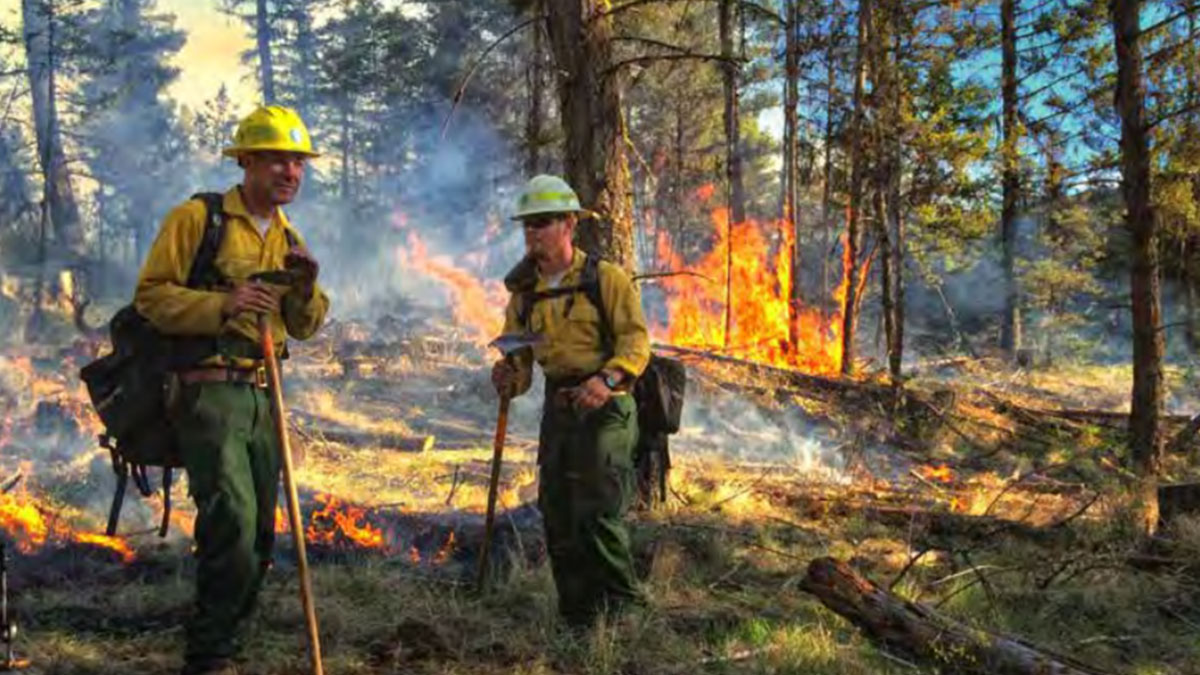The Boyds Fire burned an estimated 4,700 acres of timber and grass understory in northeast Washington during the summer of 2017. It threatened homes, businesses, a cedar mill and power lines that provide electricity to residents of Ferry County. The bottom line is it could have been much larger and much worse.
What happened? The flames churned their way through rugged terrain until they hit forestland previously treated with prescribed burn and thinning projects.
“Without the previous treatments we would not have had the time to construct firelines and remove the fuel to be able to burn out the fire. So we would have had to let the fire grow larger in order to buy us enough time to safely construct firelines,” said Cindi Tonasket-Ebel, landowner assistance forester for the Washington State Department of Natural Resources, who assisted with fighting the fire.
As it turned out, those firelines allowed firefighters to contain and control the wildfire.
The Rocky Mountain Elk Foundation carries out scores of prescribed burn, forest thinning and other habitat stewardship projects as a benefit for wildlife habitat and overall forest health. The work also helps slow or stop the spread of catastrophic wildfire activity.
There are many other examples of forest management projects that slowed or stopped wildlife. In 2014, the San Juan Fire burned its way through the White Mountains in Arizona, threatening the small town of Vernon, when it ran into a series of forest thinning projects sponsored by the RMEF and is partners. The flames slowed in speed and intensity, allowing firefighters to make a successful stand.
In 2016, the Cold Fire tore through the Black Hills National Forest in the western part of South Dakota. Rancher Phil Lampert thought it may destroy his home. Instead, flames dropped in length because the fire hit a 2014 RMEF prescribed burn project.
Go here to read more about the importance of forest management, specifically related to the Boyds Fire.
(Photo source: Washington Department of Fish and Wildlife)
